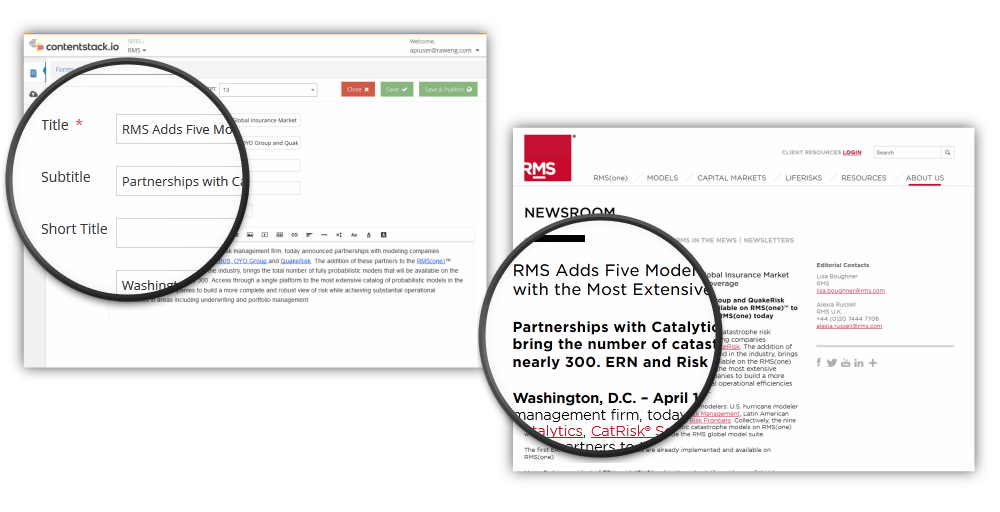
Built.io offers a number of services for enterprises, including a mobile backend service and an integration platform. In addition, it also offers Contentstack, a headless content management service (CMS) that aims to challenge the likes of WordPress and Drupal in the enterprise.
Contentstack is getting a major update today with the launch of a set of mobile SDKs for Android and iOS, as well as a refreshed interface for both developers and content editors.
The idea behind offering a headless CMS is that content tends to live on a multitude of platforms these days. So instead of having a monolithic CMS that also handles the presentation of the data, a headless CMS only focuses on content creation and developers can then integrate this data across different platforms.
Contentstack was one of the earliest players in this market and it creates the JSON data that developers can then take to build content-rich sites on top of.
With today’s release, Built.io is making it easier to integrate data from Contentstack in iOS and Android. Until now, the service only offers a JavaScript SDK that could connect to its APIs. Now, however, developers can use these new native SDKs to power their mobile apps.
Developers can now also use Contentstack’s new drag-and-drop content type builder to create structural page elements quickly and the service’s new API console will make it easier for them to enable access to the CMS.
For users, the changes most focus on making asset tagging and content labels easier to use.
To show potential users how much money they could save by switching to Contentstack, the company is also releasing an ROI calculator today that pits its own product against the like of WordPress and Drupal. Given that Built.io does have a horse in this race, though, you should probably take its recommendations with a grain of salt.
Article source: http://techcrunch.com/2016/03/10/built-io-wants-to-challenge-drupal-and-wordpress-with-its-headless-cms/

